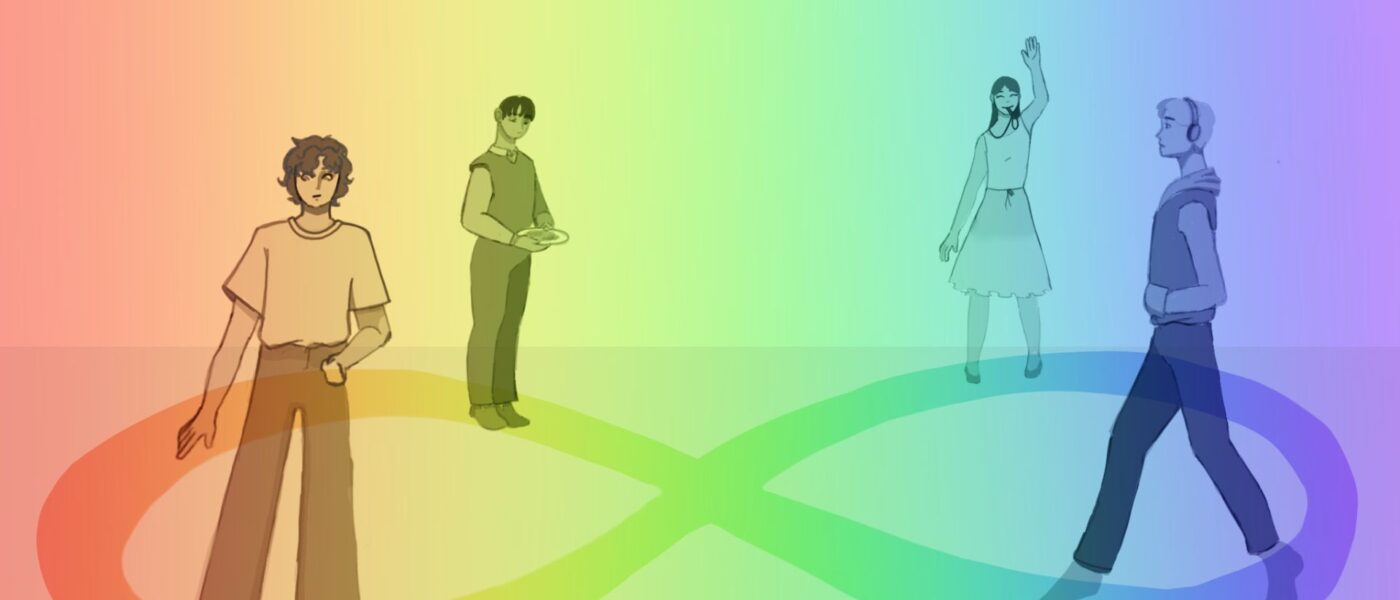Looking At Autism Beyond The Spectrum
My name is Sean Yakobson; I’m a film student at North Campus’ School of Entertainment & Design Technology and I’m on the autism spectrum.
Although I’ve had the condition my whole life, I didn’t become aware of it until I graduated high school in 2017.
Autism spectrum disorder is a neurodevelopmental disorder characterized by challenges with communication, interaction and repetitive behaviors.
It’s often referred to as a spectrum because it encompasses a broad range of symptoms that manifest differently in each person.
Some individuals may have mild symptoms and can function relatively independently, while others may have more severe challenges that significantly impact their daily lives.
For example, one individual may struggle with maintaining eye contact and initiating conversations while another may have difficulty understanding nonverbal cues or engaging in reciprocal conversations.
I have excellent communication skills and can connect with almost anyone (this wasn’t always the case; it’s something that I’ve worked on and improved throughout the years); however, I constantly deal with major sensory issues.
I’m hypersensitive to stimuli like sights, sounds and textures. This makes existing in South Florida difficult. The moment I get home, I, as Taylor Swift once sang, shake it off. This repetitive movement stimulates me in a calming manner.
The Diagnostic and Statistical Manual of Mental Disorders (DSM-5) describes three levels of increasing severity of autism—level one (“requiring support”), level two (“requiring substantial support”) and level three (“requiring very substantial support”).
Despite the strides society has made in science and technology, there is no definitive reason as to why autism develops and it can happen to anyone regardless of race, gender and sexual orientation.
Stereotypes of autism often stem from media portrayals or misconceptions rather than accurate representations.
Contrary to the notion that people on the spectrum lack empathy, autistic individuals are highly empathetic.They may struggle with understanding social cues, but they often have profound feelings and care deeply about others’ well-being.
Society sometimes labels autistic individuals as “geniuses.” While some people with the disorder may have exceptional abilities, such as in math, music or memory, this is not true for everyone.
By the same token, autism isn’t synonymous with intellectual disabilities, as the disorder primarily affects social communication and behavior, not intellectual ability.
Autism also looks different in each person. While there are common characteristics, like difficulties with sensory sensitivities and restricted interests, each person’s experience is distinct, shaped by a combination of genetic, neurological and environmental factors.
Understanding and appreciating this diversity is crucial in providing appropriate support for individuals with autism to help them reach their full potential.
This is a lifelong developmental disorder. While early intervention can greatly improve outcomes for autistic individuals, they continue to experience autism-related challenges throughout their lives.
However, with appropriate support and accommodations, many autistic adults lead fulfilling and successful lives.
I couldn’t imagine back then the things that I am doing now. But with the help of a strong supporting cast and the drive for self improvement, I’m here now, writing to you, the reader.
“If you’ve met one person with autism, you’ve met one person with autism” is a phrase that underscores the immense uniqueness of individuals on the spectrum.
It highlights the importance of taking an individualized approach to education and intervention by focusing on each person’s strengths, needs, preferences and goals.
By embracing the diversity within the autism community, we can create more inclusive environments that celebrate the richness of human variation and ensure that everyone thrives.

